One moment, we’re on interstate I-94 in a scrum of semitrailers, RVs, and other cars. The next moment, we’re in another world: Beyond the exit ramp, there’s nothing but sun, silence, and the prairie breeze carrying the scent of sweet sage through the multihued Badlands. The whole horizon and that wide open sky belong to us — and a multitude of prairie dogs and a soaring red-tailed hawk, plus several impossibly majestic bison.
Welcome to Theodore Roosevelt National Park near the Montana–North Dakota border. Culture shock is rarely so blissful.
During the long months of the pandemic, many of us turned to thoughts of escape. And getting away from it all often took the form of good old-fashioned road trips to our country’s national treasures: our 423 national park sites, including monuments, lakeshores, historic sites, landmarks, grasslands, preserves, and wilderness areas. In fact, 15 national parks set visitation records in 2020, according to the National Park Service. And 2021 may have been another record-busting year.
If you too want to get lost, standing in line to view Old Faithful probably isn’t what you had in mind, especially after a drive across the country.
Fortunately, there are many national treasures that remain hidden gems — getaways beyond the busy byways. We rounded up some of our favorites.
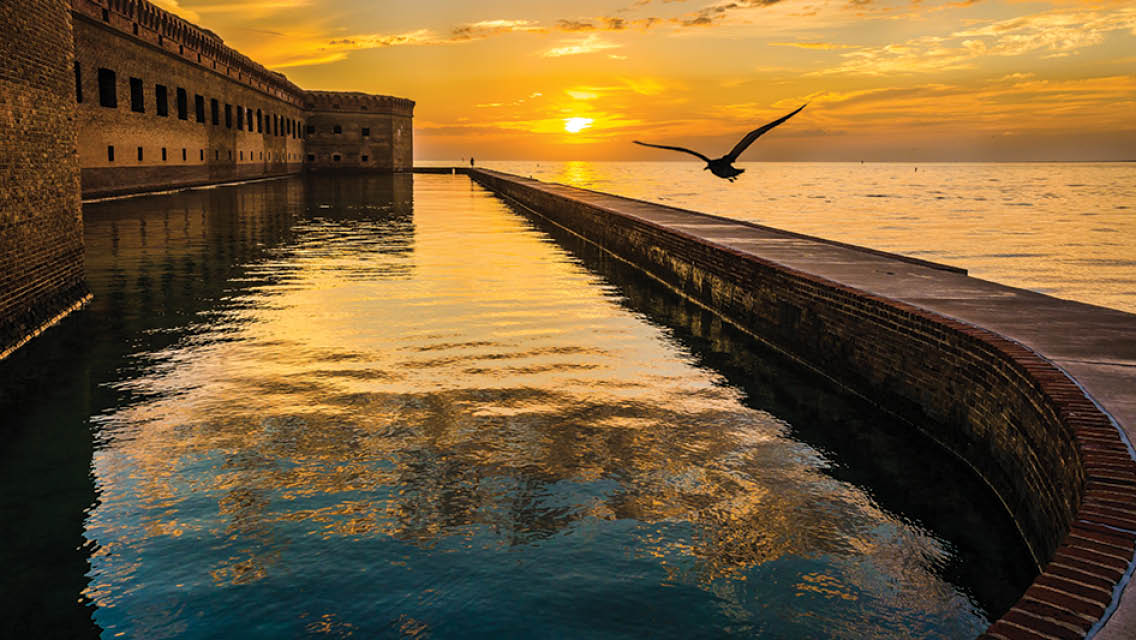
Offshore Options
Where: Dry Tortugas National Park, Florida
Who: History buffs and water lovers.
Why: This park lies off the mainland in the Florida Keys. Fort Jefferson was built between 1846 and 1875 to stand guard on Garden Key. The park is home to several shipwrecks as well as the Loggerhead Key lighthouse.
When: Year-round, but it’s an ideal warm-weather destination in winter months.
How: Travel by ferry or seaplane to the fort. Less than 1 percent of the park is above ground, so plan to snorkel, scuba, or swim amid the underwater wonders.

Quarries and Quartzite
Where: Pipestone National Monument and Blue Mounds State Park, Minnesota
Who: Anyone interested in history — but remember, this is a site sacred to Indigenous people.
Why: For generations, Native Americans quarried the red pipestone here and carved it into calumet pipes used for religious rituals. Those traditions continue today.
Blue Mounds is a well-kept local secret, home to glorious quartzite cliff faces, bison, and what’s believed to be an ancient buffalo jump, where Indigenous people drove bison off the cliffside.
When: The Minnesota prairie is subtle yet beautiful in any season, but it’s famously cold and windy in winter. Summer and autumn are especially stunning.
How: Walk to the pipestone quarry, where Native artisans still work today. Hike through Blue Mounds’ grasslands, and bring your binoculars for birdwatching.
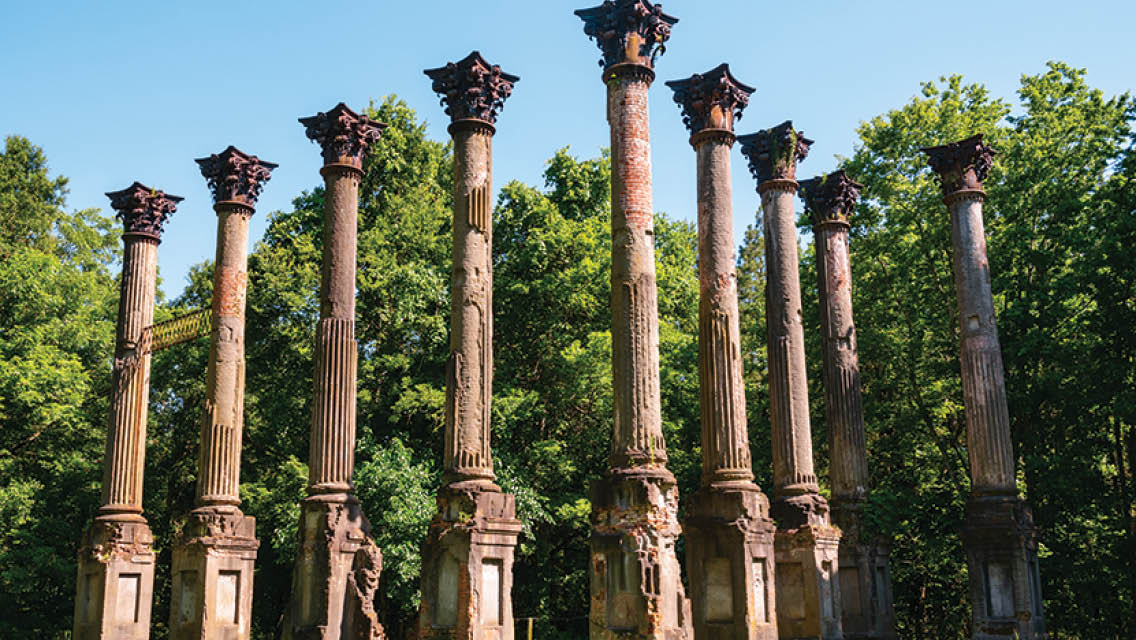
Historic Highway
Where: Natchez Trace Parkway, Alabama, Mississippi, and Tennessee
Who: Travelers seeking a journey back in time.
Why: This 444-mile drive through 10,000 years of history follows a trail used by Native Americans and early settlers. Caves, waterfalls, a cypress swamp, and Chickasaw sites line the route.
When: Any time, but be careful at nighttime: The road is not lit, and roaming nocturnal critters far outnumber cars.
How: You can access portions by car or bicycle all along the route.
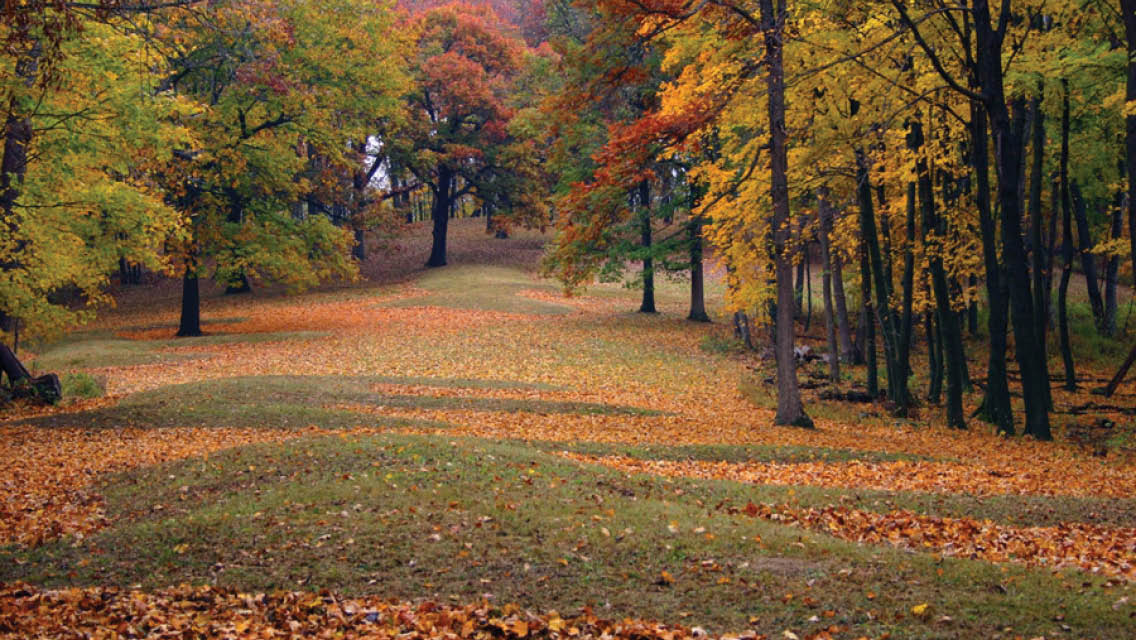
Sacred Mounds
Where: Effigy Mounds National Monument, Iowa
Who: Anyone interested in history — but remember, this is a site sacred to Indigenous people.
Why: More than 200 Native American effigies and burial mounds sited in picturesque sections of the Upper Mississippi River Valley. Giant bear and bird earthworks are surrounded by forests alive with animals, birds, and reptiles.
When: Open year-round, but it can be hot and humid in summer.
How: Tour the mounds with an interpretive guide or on your own.
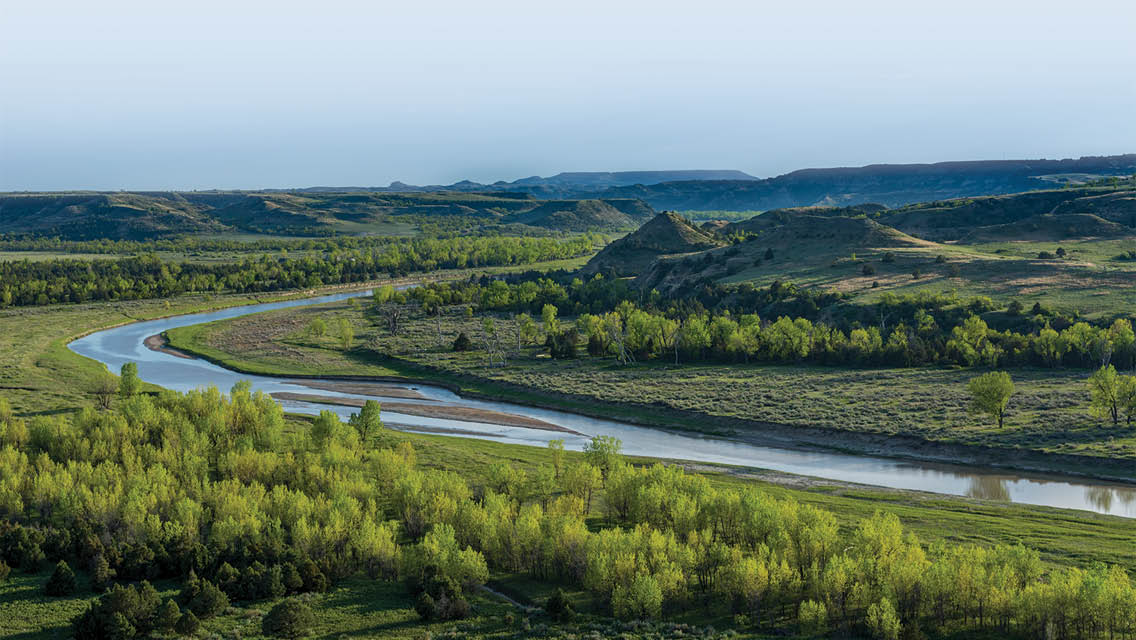
Wide-Open Spaces
Where: Theodore Roosevelt National Park and Little Missouri National Grassland, North Dakota
Who: Families, campers, hikers, stargazers, anglers, and horseback riders looking for a truly novel escapade.
Why: The idea of grasslands may not spark your imagination, but this ecosystem is glorious. Bison, eagles, pronghorns, elk, and even a herd of wild horses make their home here. As President Theodore Roosevelt famously said, “It was here that the romance of my life began.”
When: Any time. Summers are warm and colorful; winters are ideal for snowshoeing and exploring. And don’t forget nighttime options: The stars shine so intensely here that the park hosts an astronomy festival in September.
How: Start at the Painted Canyon Visitor Center to get a taste. Drive or hike the South Unit, then venture to the North Unit (which is in a different time zone!) to really get away from it all. Find an overlook to watch the sun set on the Little Missouri National Grassland.

Forests and Floodplains
Where: Congaree National Park, South Carolina
Who: Natural-history lovers, tent campers, and anglers.
Why: The Congaree Biosphere Region features an expansive biodiversity, from the largest remaining intact expanse of old-growth bottomland hardwood forest in North America to floodplains connected with the Congaree and Wateree Rivers. The array of species of birds, mammals, reptiles, plants, and trees is astounding, including ancient cypress, tupelo, and loblolly pine.
When: The park may be most beautiful in spring and fall.
How: Canoe, kayak, or fish the waterways. Hike the park’s many trails.
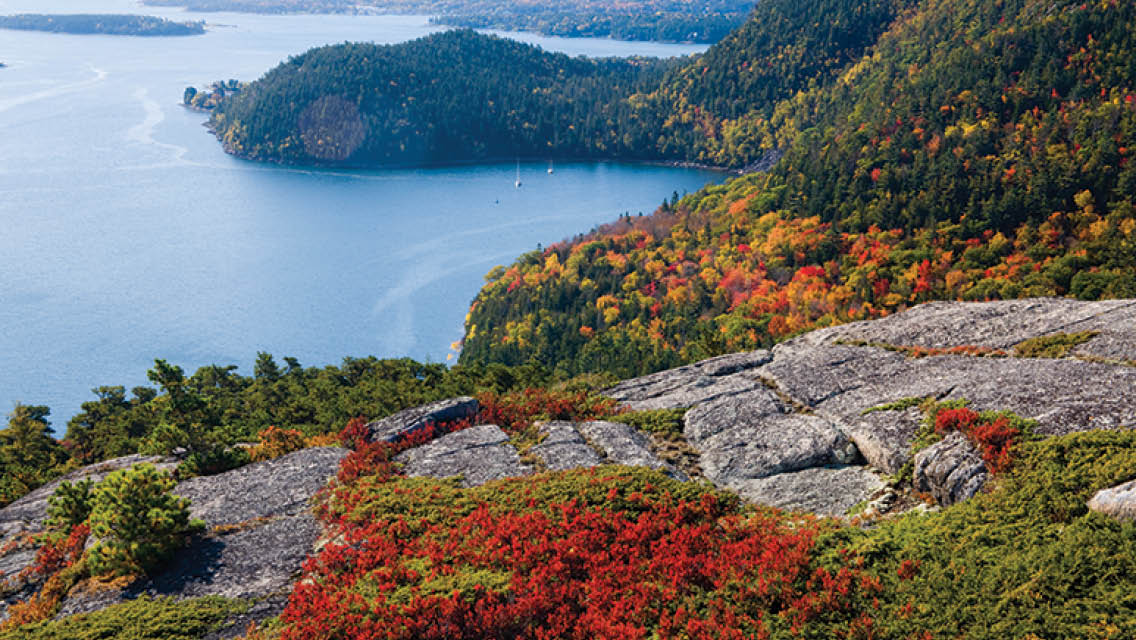
Coastline Jewel
Where: Acadia National Park, Maine
Who: Families, hikers, and campers.
Why: Located on Mount Desert Island, this park is a northeastern gem, with the rocky Atlantic headlands along the coast as its crown jewels.
When: Any time of year, although it can be busy in summer.
How: Historic hiking trails and motor roads lead you to spectacular oceanside views — plus, there are lighthouses and fire-tower lookouts to visit.

Borderland
Where: Big Bend National Park, Texas
Who: Hikers, bikers, birdwatchers, backcountry campers, and more.
Why: Traveling to the “big bend” of the Rio Grande River on the Texas-Mexico border is a daunting journey but well worth the effort. Deserts, limestone cliffs, mountains, and an incredible array of cacti, orchids, and animals make the park a unique southwestern destination.
When: Summers are hot, so October through April is the park’s busiest time.
How: Horseback rides may be the best — and most fitting — way to see the park.
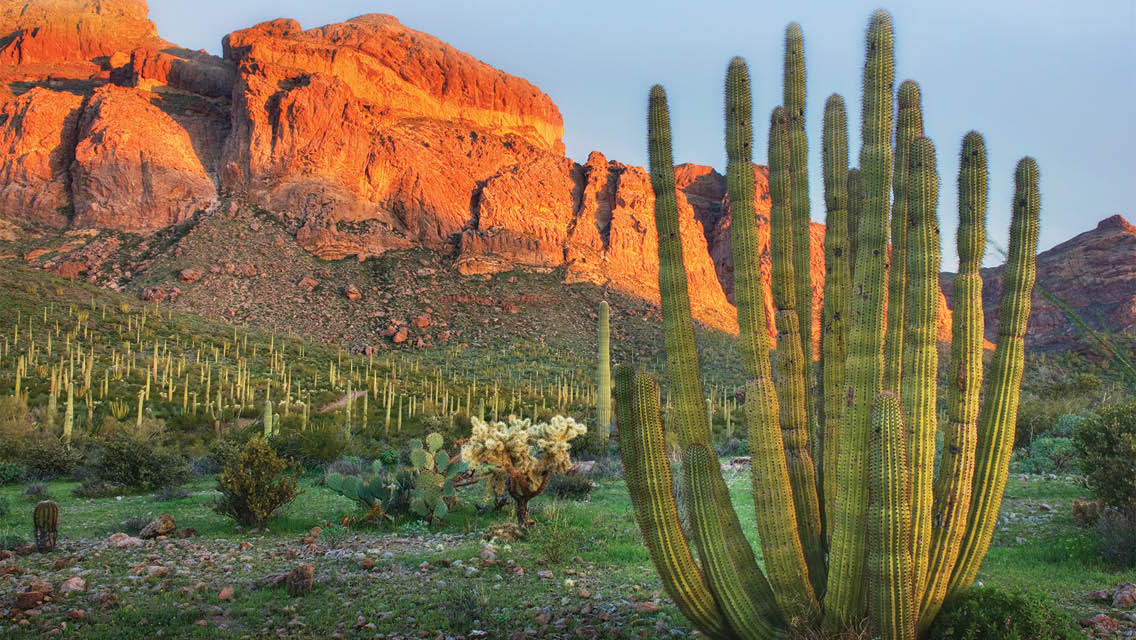
Cacti Wonderland
Where: Organ Pipe Cactus National Monument, Arizona
Who: Anyone excited to explore the desert — especially in warm winter months.
Why: This 517-square-mile park in the Sonoran Desert is named for the statuesque cacti that can tower up to 26 feet tall. The park’s also an International Biosphere Reserve, marked by the United Nations to conserve key samples of the world’s ecosystems. Native species include mountain lions, bighorns, javelinas, lots of lizards, and “more bird species than can be listed,” according to rangers.
When: As the park’s website states, this “is where summer spends the winter.” During summer months, temperatures can soar to over 100 degrees F, but wintertime weather often features a balmy 70 degrees F.
How: Hike one of many trails to springs, silver and gold mines, or the Lost Cabin. Ride horses to get to places other visitors may never see.
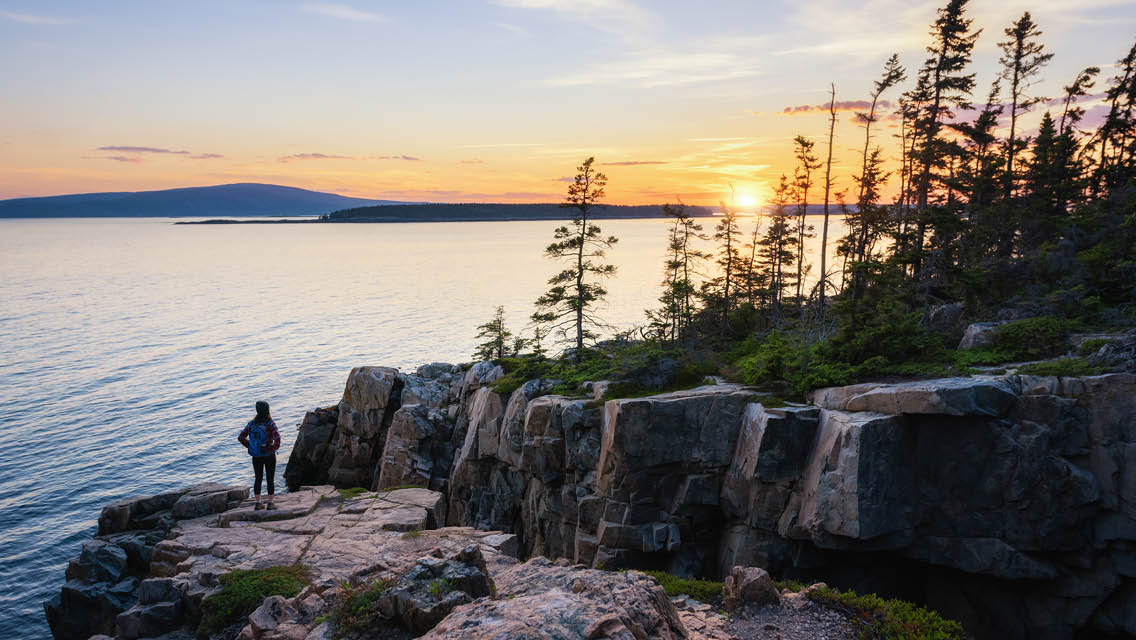


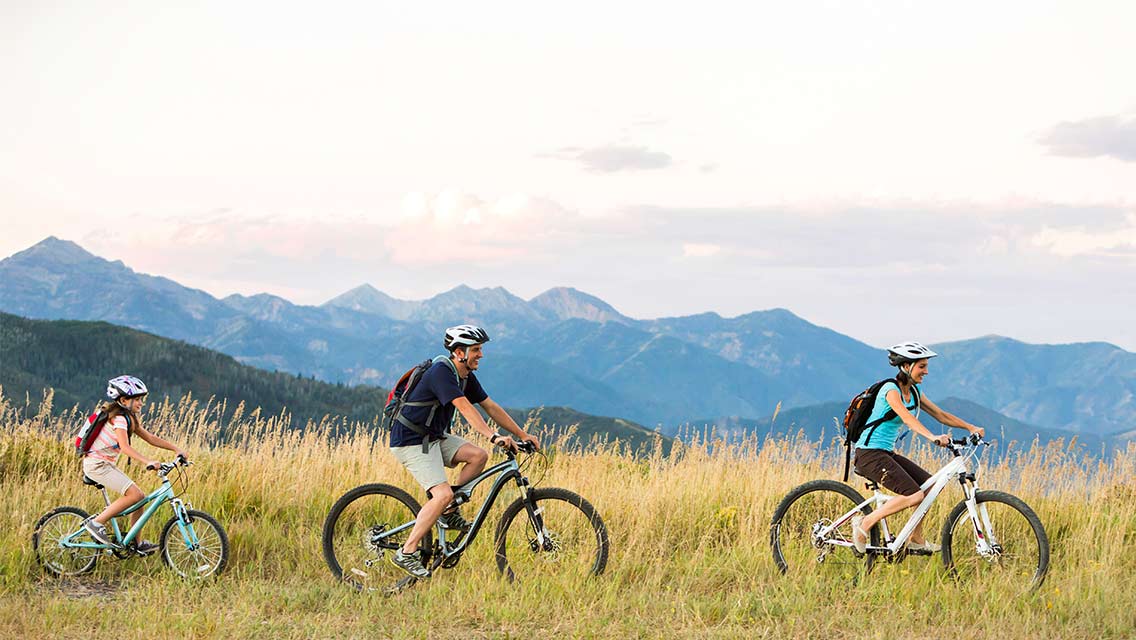
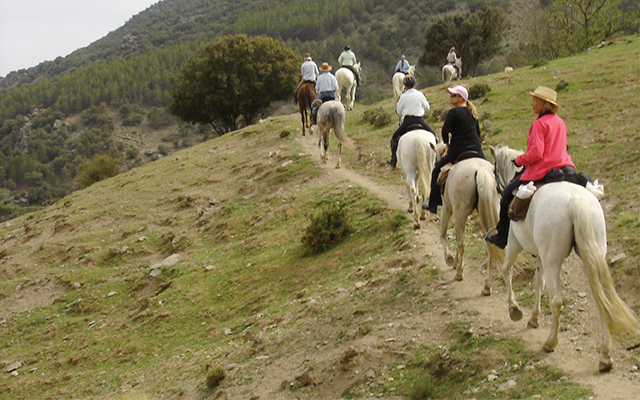
This Post Has 0 Comments